Why Meditation Matters for Your Busy Life
How to meditate is simpler than you think - and you can start building a practice in less than an hour total commitment this week.
Quick Start Guide:
- Find 5-10 minutes - Start small, build consistency
- Sit comfortably - Chair or cushion, spine upright
- Focus on breath - Natural breathing, no forcing
- Notice wandering - Gently return attention to breath
- Be kind to yourself - Thoughts are normal, not failure
- End gently - Take a moment before returning to your day
The research is clear: just 12 minutes of meditation five days a week can protect and strengthen your ability to pay attention. With 95% of our behavior running on autopilot, meditation helps you break free from stress-driven reactions and create space for intentional living.
You don't need robes, incense, or hours of free time. Meditation is mental exercise - like bicep curls for your brain. Even busy professionals are finding that a few minutes of daily practice reduces stress, improves focus, and improves sleep quality.
The best part? You can start today with whatever time you have. Whether it's one minute while your coffee cools or ten minutes before bed, any meditation counts as success.
As Brandi Garden, co-founder of Eversio Wellness, I've seen how simple wellness practices can transform lives when combined with the right support. After my own journey with autoimmune challenges and burnout, I found that how to meditate became easier when paired with adaptogenic mushrooms that naturally support stress resilience and mental clarity.
Why Your Brain Loves Meditation
Your brain is literally rewiring itself every time you meditate - and the science behind this change is remarkable. When you understand how to meditate and practice it consistently, you're essentially giving your brain a daily workout that strengthens attention, reduces stress, and builds emotional resilience.
Research from neuroscientist Amishi Jha shows that just 12 minutes of meditation, five days a week, can protect and strengthen your ability to pay attention. That's less time than watching two episodes of your favorite show, yet the benefits ripple through every aspect of your life.
Neuroplasticity in Action happens each time you sit quietly and focus your attention. Regular meditation increases gray matter density in brain areas responsible for learning, memory, and emotional regulation. At the same time, it actually shrinks the amygdala - your brain's alarm system - reducing stress-driven reactions that keep you feeling overwhelmed.
The cortisol reduction alone makes meditation worth the investment. Studies demonstrate that consistent practice can lower cortisol levels by up to 23%, helping your body recover from chronic stress and inflammation. This isn't just about feeling calmer in the moment - it's about rewiring your entire stress response system.
Your immune system gets a boost too. Meditation strengthens immune function by reducing inflammatory markers and supporting your body's natural defense mechanisms. When you're less stressed, your immune system can focus on protecting you rather than fighting constant internal inflammation.
Key Benefits in 12 Minutes a Day
Even brief daily meditation sessions can transform your well-being in measurable ways. Focus gains happen faster than most people expect. A simple ten to fifteen minute breathing meditation helps you overcome stress and find inner peace while training your mind to concentrate.
Memory improvement shows up in research consistently. Studies demonstrate that regular meditation practice improves working memory capacity and reduces age-related cognitive decline. You're not just feeling clearer - you're actually protecting your brain's ability to process and store information.
Sleep quality improves as meditation activates your parasympathetic nervous system, promoting deeper, more restful sleep. Many practitioners report falling asleep faster and waking up more refreshed.
Mood balance develops naturally as you learn to observe thoughts and emotions without getting caught up in them. Meditation helps lower stress levels and ease anxiety by creating space between you and your reactions.
How to Meditate: The 5-Step Method You Can Master Today
Learning how to meditate doesn't require years of study or perfect conditions. This straightforward method works whether you have two minutes or twenty, and the beauty lies in its simplicity.
The Golden Rule: Don't aim to "empty" your mind completely. Instead, notice your thoughts without judgment and gently return your focus to your breath. Mind wandering is absolutely normal and expected - it's actually the moment you notice and return that builds your meditation muscle.
Think of meditation as mental exercise, like bicep curls for your brain. Each time your mind wanders and you bring it back, you're strengthening your ability to focus. This happens dozens of times in a single session, and that's perfectly fine.
When choosing your setup, comfort is key. Whether you prefer a chair with your feet flat on the floor or sitting cross-legged on a cushion, the most important thing is maintaining an upright spine without being rigid. Rest your hands naturally - palms down on your thighs if you're in a chair, or in your lap if you're on a cushion.
Step-by-Step: How to Meditate in 5 Minutes
Create Your Quiet Space by finding a comfortable spot where you won't be interrupted for the next few minutes. Turn off notifications and dim bright lights if possible.
Establish Your Posture with your spine upright but relaxed. Imagine a gentle string pulling the crown of your head toward the ceiling. Keep your chin slightly tucked and let your shoulders naturally relax away from your ears.
Set Your Timer for five minutes using a gentle bell or chime sound. This removes the temptation to check the time and allows you to settle fully into the practice.
Find Your Breath Anchor by closing your eyes or softening your gaze downward. Notice the natural rhythm of your breathing without trying to change it. Focus on wherever you feel the breath most clearly - the sensation of air moving in and out at your nostrils, or the gentle rise and fall of your chest or belly.
Practice Gentle Return whenever your mind wanders, which it absolutely will. Simply notice where your thoughts went and kindly guide your attention back to your breath. You might use a mental note like "thinking" to acknowledge the distraction without judgment, then return to your anchor point.
Close with Kindness when your timer sounds. Don't immediately jump up and rush back into your day. Take a moment to notice how you feel right now. Wiggle your fingers and toes, take a slightly deeper breath, and slowly open your eyes.
Body Scan Basics: How to Meditate from Head to Toe
Body scan meditation offers a wonderful alternative to breath focus, especially if you find breathing meditation challenging or want to develop deeper body awareness.
Begin at the crown of your head and slowly turn your attention inward. Notice any sensations - tension, warmth, tingling, or even numbness. The key is to observe without trying to change what you find.
Move systematically through each area of your body, spending about 20 seconds on each region. Travel from your head to neck, shoulders, arms, chest, back, abdomen, hips, legs, and feet.
Practice non-judgment throughout the entire process. Simply observe whatever you find without labeling sensations as good or bad. This grounding technique proves particularly helpful for people who feel overwhelmed by racing thoughts or anxiety.
Troubleshooting Common Roadblocks
Here's the truth about meditation challenges: they're not roadblocks - they're part of the journey. Every single person who learns how to meditate faces these same experiences, from complete beginners to seasoned practitioners.
The most common concern new meditators share is mind wandering. If your thoughts drift after just one breath instead of staying focused for minutes, you're in excellent company. The wandering isn't a failure - it's actually the moment you notice your mind has drifted and gently return your attention that builds your meditation muscle.
Restlessness and fidgeting feel incredibly distracting when you're trying to sit still. You might suddenly feel itchy in strange places, want to shift positions constantly, or experience weird twinges throughout your body. This is completely normal as your nervous system adjusts to stillness.
Many people struggle with sleepiness during meditation, especially when first learning how to meditate. If you consistently feel drowsy, this might actually indicate your body needs rest more than meditation practice.
The busy schedule excuse is perhaps the most universal. "I don't have time to meditate" is something almost everyone thinks initially. Yet meditation actually creates more time by improving your focus and mental efficiency throughout the day.
Self-judgment might be the trickiest obstacle of all. That inner critic saying "I'm terrible at this" or "My mind is too busy for meditation" is just another thought to observe and release.
What to Do When Thoughts Won't Stop
Understanding that thoughts during meditation aren't bugs in the system helps tremendously - they're actually features of a normally functioning mind. The goal isn't to achieve a thought-free state but to change your relationship with the constant mental chatter.
When you notice your mind has wandered to that upcoming work presentation, your grocery list, or weekend plans, simply label it "thinking" and gently guide your attention back to your breath. Don't analyze the content of your thoughts or judge yourself for having them.
The RAIN technique offers a structured approach when thoughts feel overwhelming. Recognize that thinking is happening without fighting it. Allow the thoughts to be present rather than pushing them away. Investigate with friendly curiosity instead of harsh criticism. Practice non-attachment by letting thoughts pass like clouds drifting across the sky.
Posture Pain & Fidget Fixes
Physical discomfort doesn't need to derail your meditation practice. Most posture issues have straightforward solutions that allow you to continue building your how to meditate skills comfortably.
Back pain often comes from trying to sit too rigidly or without proper support. Use a chair with good back support, sit on the edge of a cushion to naturally tilt your pelvis forward, or try meditation lying down if needed.
Leg numbness from sitting cross-legged is incredibly common and easily addressed. You can mindfully shift positions when needed, meditate sitting in a chair with your feet flat on the floor, or even practice standing meditation if necessary.
When you're dealing with restless energy, walking meditation becomes a wonderful alternative. Focus on the sensation of each step, the lifting and placing of your feet, and the natural rhythm of movement.
Build a Daily Habit in Under an Hour a Week
Creating a lasting meditation practice isn't about forcing yourself to sit still for hours. It's about understanding how your brain naturally forms habits and working with that process instead of against it.
The secret lies in behavior design. Since 95% of our actions run on autopilot, you can make meditation as automatic as brushing your teeth by creating the right triggers and removing obstacles.
Every habit follows a simple loop: a cue triggers the behavior, you perform the routine (meditation), and you experience a reward (feeling calmer or more focused). When you intentionally design this loop, meditation becomes effortless.
Environmental design makes all the difference. Place your meditation cushion where you'll see it first thing in the morning, or keep a meditation app ready on your phone's home screen.
The most powerful strategy is habit stacking - linking meditation to something you already do consistently. "After I pour my morning coffee, I meditate for five minutes" creates a natural trigger. "Before I check my phone at night, I take three conscious breaths" builds on an existing routine.
Tiny Time Blocks: 6×10 Beats 1×60
Here's what neuroscience tells us about building habits: consistency trumps duration every single time. Six ten-minute sessions throughout the week create stronger neural pathways than one marathon hour-long session on Sunday.
Short sessions feel manageable rather than overwhelming. When you know you only need to commit to ten minutes, you're more likely to show up. Daily practice, even for just a few minutes, builds the neural networks that make meditation feel natural and effortless.
Small wins compound into significant changes. Each time you complete a short session, you reinforce the identity of someone who meditates. This psychological shift matters more than the length of any individual session.
A simple weekly structure might include breath meditation on Monday, a body scan Tuesday, walking meditation Wednesday, and loving-kindness practice Thursday. Friday could be breath focus after work, Saturday a guided session, and Sunday either a gentle practice or rest day.
Track your progress with your phone's timer or a meditation app. Seeing your streak build creates positive reinforcement. Even experienced meditation teachers miss days - the key is returning to practice without self-judgment.
Solo vs Group: Which Keeps You Going?
Most successful meditators use both solo and group practice, each offering distinct advantages that support long-term consistency.
Solo practice gives you complete flexibility with timing and location. You can experiment with different techniques, progress at your own pace, and develop self-discipline without external pressure.
Group practice provides built-in accountability and motivation. There's something powerful about shared energy that can deepen your experience. Learning from others' insights and challenges reduces the sense of isolation that sometimes comes with solo practice.
Virtual options bridge the gap between solo and group practice beautifully. Online meditation groups and apps let you join live sessions from home or participate in supportive communities.
The most effective approach is starting with solo practice to establish the basics, then adding group sessions once or twice a week for community support and deeper learning.
How To Meditate In Ten Minutes ‑ Headspace
Fast-Track Styles to Try Next
Once you've built confidence with basic breath meditation, exploring different techniques keeps your practice engaging and addresses various aspects of well-being. Think of these as different tools in your how to meditate toolkit - each one offers unique benefits while building on the foundation you've already established.
Loving-Kindness Meditation transforms your relationship with yourself and others through compassion practice. Begin by sitting comfortably and directing kind wishes toward yourself: "May I be happy, may I be healthy, may I be at peace." Then gradually extend these same wishes to loved ones, neutral people you encounter daily, difficult people in your life, and finally all beings everywhere.
For those who feel restless sitting still, Walking Meditation offers movement-based mindfulness that's perfect for outdoor enthusiasts or anyone who struggles with traditional seated practice. Focus entirely on the physical sensations of walking - the lifting of your heel, the movement of your leg through space, the placement of your foot on the ground.
Mantra Meditation gives your mind a specific focal point through repetition of meaningful words or phrases. You can repeat traditional mantras like "Om" or create personal phrases such as "I am calm" or "This too shall pass." The vibrations created by speaking or thinking these words help settle mental chatter while providing a concrete anchor for attention.
Breath Counting combines the simplicity of breath awareness with a gentle mental activity that's especially helpful for busy minds. Count each exhale from one to ten, then return to one and start over. When you lose count (and everyone does), simply return to one without any self-criticism.
Mindful Eating transforms ordinary meals into meditation practice by bringing complete attention to the experience of nourishing your body. Eat slowly, noticing flavors, textures, temperatures, and the physical sensations of chewing and swallowing.
These quick practices can fit into any schedule: a one-minute reset with three conscious breaths between meetings, a five-minute calm session with basic breath meditation, a ten-minute body scan for deep relaxation, walking practice during your lunch break, or loving-kindness meditation for 5-15 minutes when you need emotional balance.
Guided Resources & Next Steps
While you don't need any special equipment or technology to meditate, guided resources can provide helpful structure and variety as your practice develops. Apps and digital platforms offer convenient access to different meditation styles, built-in timers, and progress tracking features that help maintain consistency.
Podcasts and audio content from experienced meditation teachers provide free access to guided sessions and deeper teachings about meditation philosophy. These resources let you explore different teaching styles and approaches without committing to subscription services.
Local meditation communities offer the irreplaceable benefits of practicing with others. Search for meditation groups, wellness centers, or community classes in your area. Many welcome beginners and don't require any particular religious or spiritual beliefs.
Books and educational materials from established teachers like Pema Chödrön, Jack Kornfield, or Tara Brach can deepen your understanding of meditation's broader context and provide inspiration for maintaining long-term practice.
Retreats and intensive programs become valuable once you've established a regular daily practice. Day-long or weekend retreats offer opportunities to deepen your experience, learn from experienced teachers, and connect with a community of practitioners.
The key to expanding your meditation practice is approaching new techniques with the same gentle curiosity you brought to your first breath meditation. Each style offers something different, and you might find that certain techniques work better at different times or for different purposes in your life.
More info about guided sessions
Frequently Asked Questions about Meditation
How long should I meditate as a beginner?
The beauty of how to meditate lies in its accessibility - you can start with as little as one to two minutes if that feels manageable. Most beginners find success with five to ten minutes daily, which is enough time to experience the calming effects without feeling overwhelmed.
Consistency matters far more than duration. As meditation teacher Sharon Salzberg often reminds students, showing up for three short sessions per week builds stronger habits than attempting one long session that feels intimidating. Your brain begins forming new neural pathways within days of regular practice, regardless of session length.
As your comfort grows, you can gradually increase to fifteen or twenty minutes, but many people find significant benefits from just five to ten minutes daily.
Do I need silence or can I use ambient noise?
Both approaches work beautifully! You can seek out quiet spaces or learn to include ambient sounds as part of your practice. Many practitioners actually find gentle background noise - like white noise, nature sounds, or even the hum of a coffee shop - helpful for maintaining focus.
If you live in a noisy environment, learning to meditate with sound around you can strengthen your ability to focus anywhere. The secret isn't fighting external sounds but allowing them to exist in your awareness without getting caught up in analyzing or judging them.
Is there a "wrong" way to meditate?
There's absolutely no such thing as a "bad" meditation session. If you notice your mind wandering after just one breath, feel restless throughout your practice, or struggle to focus - congratulations, you're doing meditation correctly! You're becoming aware of your mental patterns, which is exactly what meditation teaches.
Research consistently shows that the most important moment in meditation happens when you notice your mind has wandered and gently return to your breath. That moment of awareness - not the wandering itself - is meditation working. Even experienced teachers have sessions where their minds feel busy, distracted, or scattered.
Your only job is to show up with kindness toward whatever arises in your experience. Whether you feel calm, agitated, focused, or scattered, you're succeeding simply by practicing how to meditate with gentle awareness.
Better Health, Backed by Nature
At Eversio Wellness, we understand that building sustainable wellness practices requires both intention and support. Our journey began with recognizing that modern life's demands often overwhelm our natural stress-resilience systems, leaving us searching for gentle yet effective ways to restore balance.
The Meditation-Mushroom Connection: While learning how to meditate provides the mental training for stress resilience, adaptogenic mushrooms offer complementary support for your nervous system. These remarkable fungi have been treasured for centuries to help the body adapt to stress and maintain natural equilibrium. When combined with a regular meditation practice, they create a powerful foundation for holistic wellness.
Our Meditation-Supporting Mushroom Collection:
Chill Now - Organic Reishi Mushroom 15:1 Dual Extract Capsules
Known as the "mushroom of spiritual potency," Reishi has been treasured for over 2,000 years for its naturally calming properties. Our concentrated 15:1 dual extract provides targeted support for relaxation and stress resilience, making it an ideal companion to your evening meditation routine.
Focus Now - Organic Lion's Mane 8:1 Dual Extract Capsules
This "smart mushroom" supports cognitive function and mental clarity - perfect for maintaining focus during meditation sessions. Lion's Mane contains unique compounds that support nerve growth factor, helping sharpen your ability to concentrate and stay present.
The Awaken Set - A Gift of Mushroom Wellness
Lift your daily routine with the Awaken Set, designed to optimize your well-being from morning to night. This powerful trio harnesses the combined benefits of Turkey Tail, Lion's Mane, Cordyceps, and Chaga to support overall health, vitality, and mental clarity.
When used in synergy, the mushrooms in your set may help you banish brain fog and boost brainpower by supporting memory, productivity, and focus. They can rev up your digestive fire to boost metabolic activity and support optimal brain function, while helping you ignite your energy for deeper sleep and natural energy without the caffeine crash.
PLANET POSITIVE: When you're running low, you can order 100% home compostable refill pouches of each product. Refill. Reuse. Reduce. Repeat. Zero plastic and ZERO WASTE! When used daily as recommended, this set will last 60 days.
Our Commitment to Quality: All our mushrooms are grown Dì Dào - in their spiritual and native homeland with the preferred environment, atmospheric energy, pressure, and altitude required to grow and thrive. When mushrooms are grown Dì Dào, they deliver their intended spiritual energy and potency to the body.
We use USDA Organic Certified, whole fruiting body mushrooms processed through dual extraction methods to ensure maximum bioavailability and potency. This means you receive the full spectrum of beneficial compounds that support both your meditation practice and overall wellness journey.
Integrating Mushrooms with Meditation: Consider taking your mushroom capsules as part of your meditation ritual. The simple act of caring for your body while training your mind creates a holistic approach to wellness that addresses both physical and mental well-being.
More info about our mushroom wellness sets
Starting your meditation journey doesn't require perfection - it requires presence. Whether you begin with one mindful breath or commit to ten minutes daily, you're taking a powerful step toward greater awareness, resilience, and well-being.
Meditation is a practice, not a performance. Every time you sit down and turn your attention inward, you're strengthening your capacity for calm, clarity, and compassion. Combined with the natural support of adaptogenic mushrooms, this simple practice can transform not just your stress levels, but your entire relationship with life's challenges.
The hardest part is simply beginning. You've already taken that step by reading this guide. Now, set your timer for five minutes, find a comfortable seat, and find what how to meditate can bring to your life. Your future self will thank you for starting today.


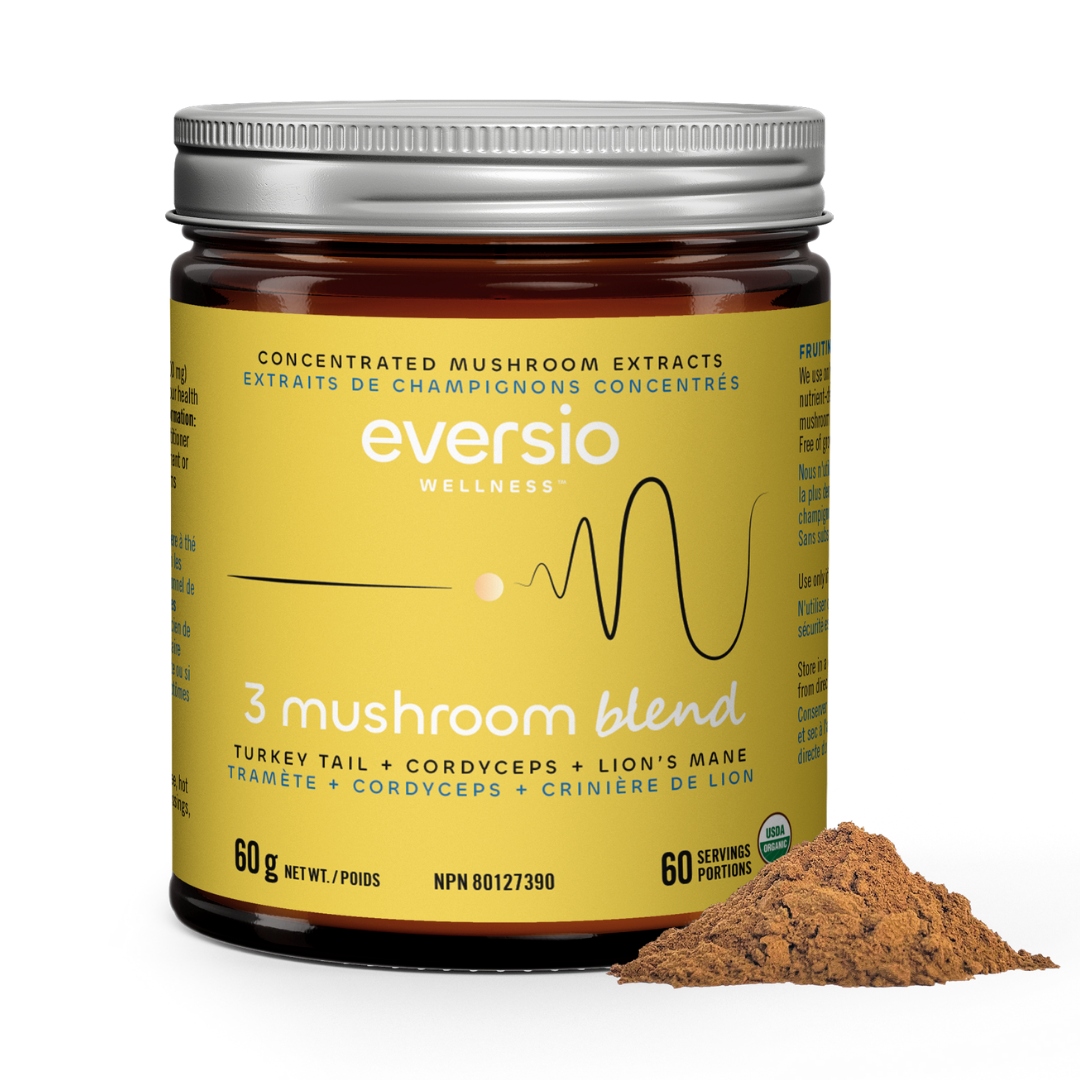
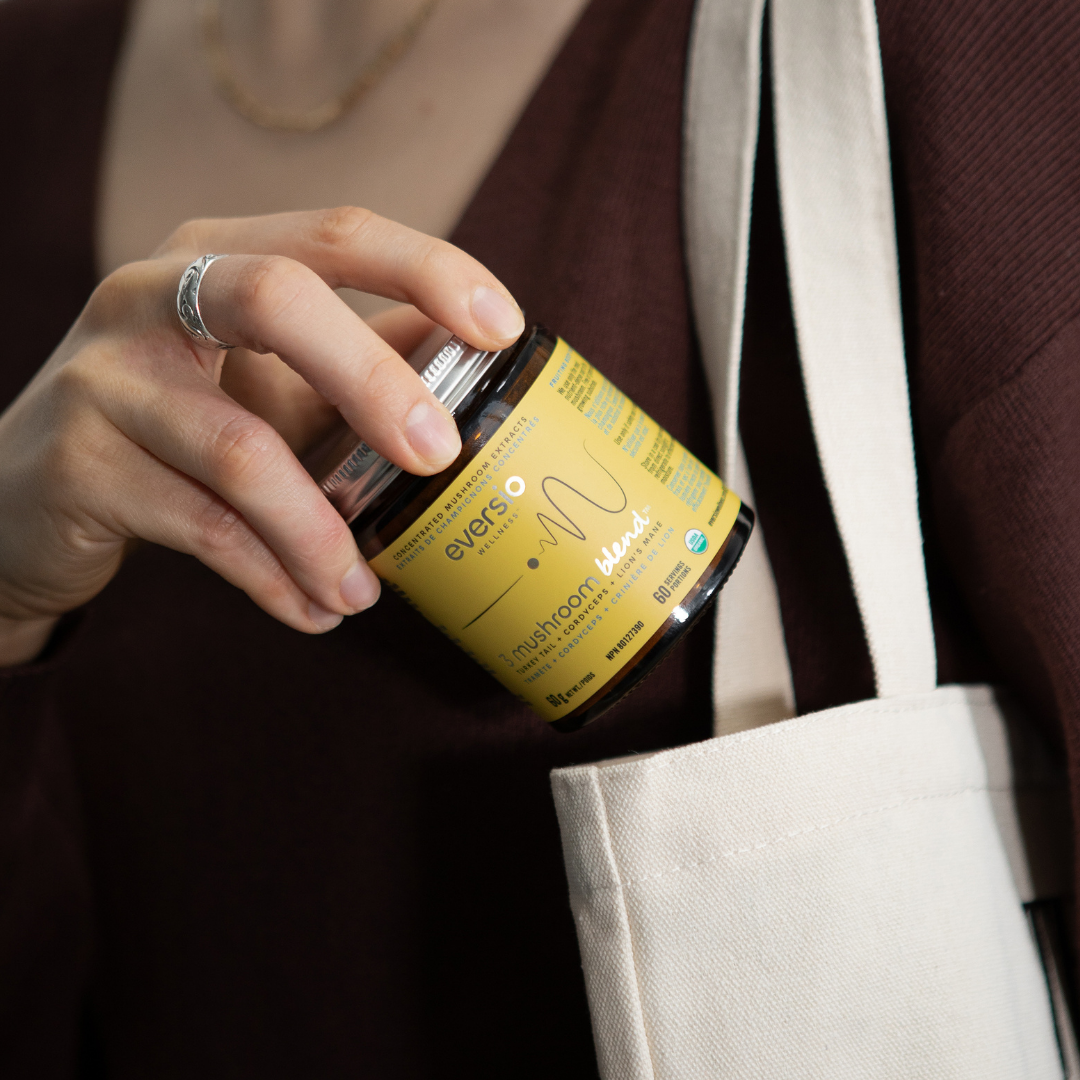
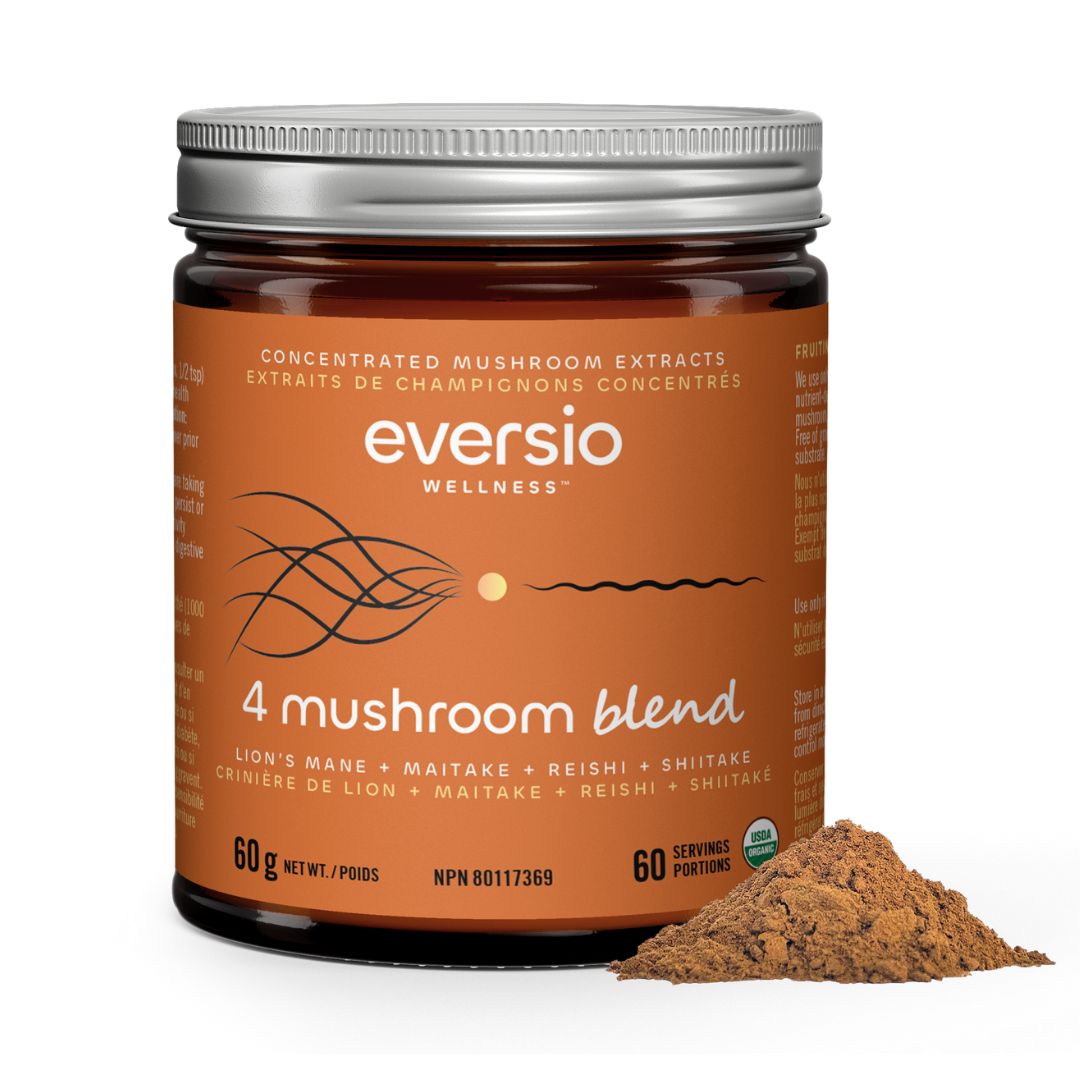
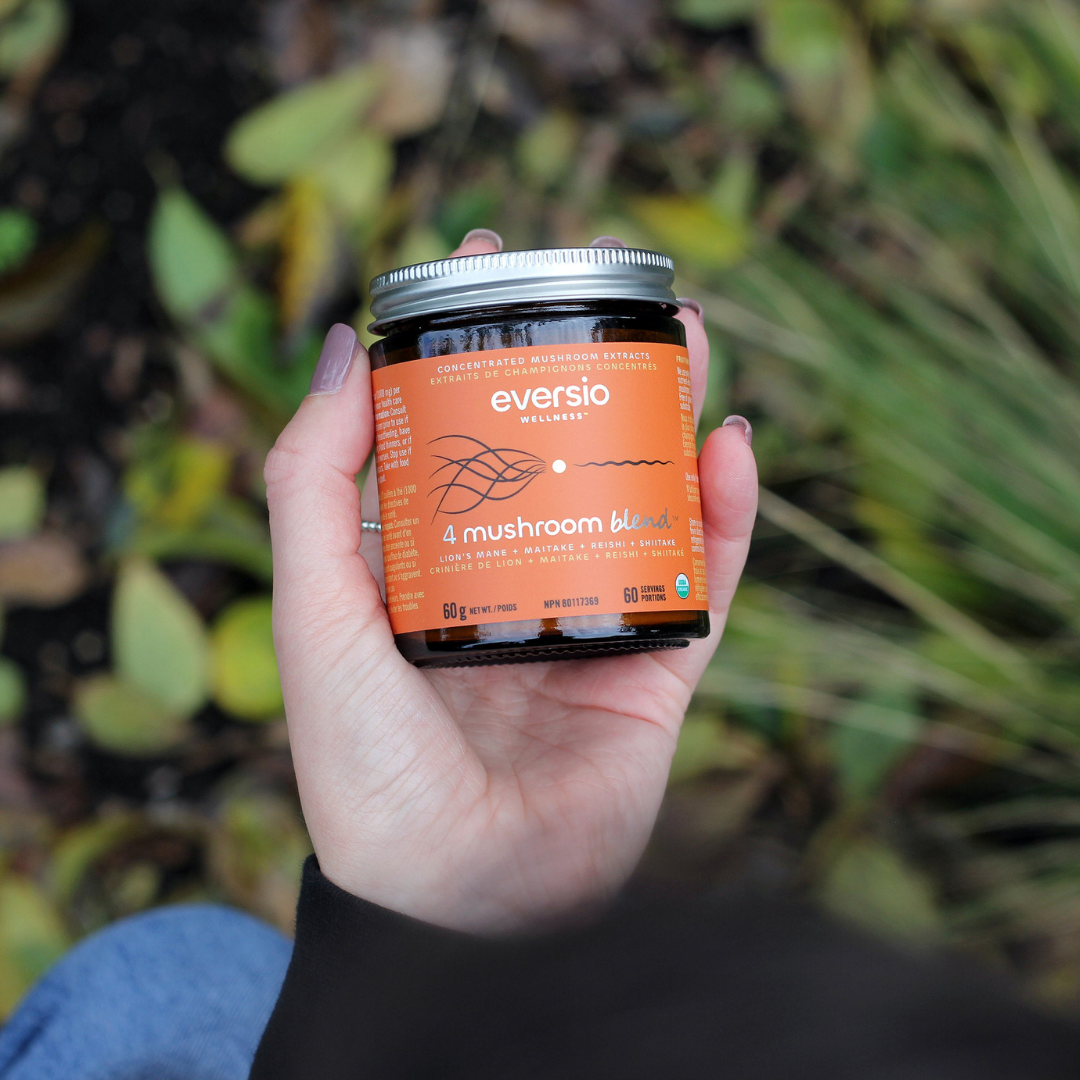
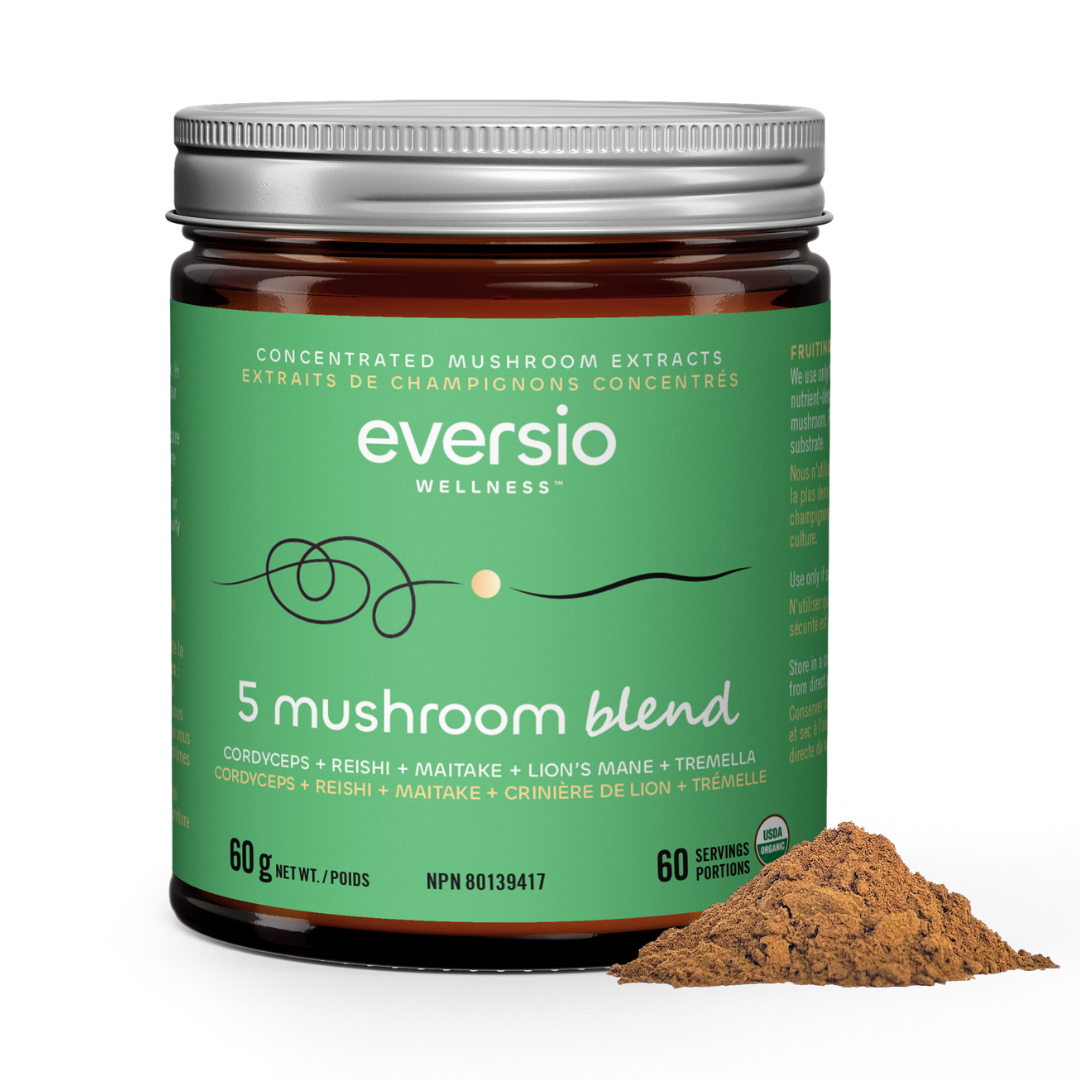

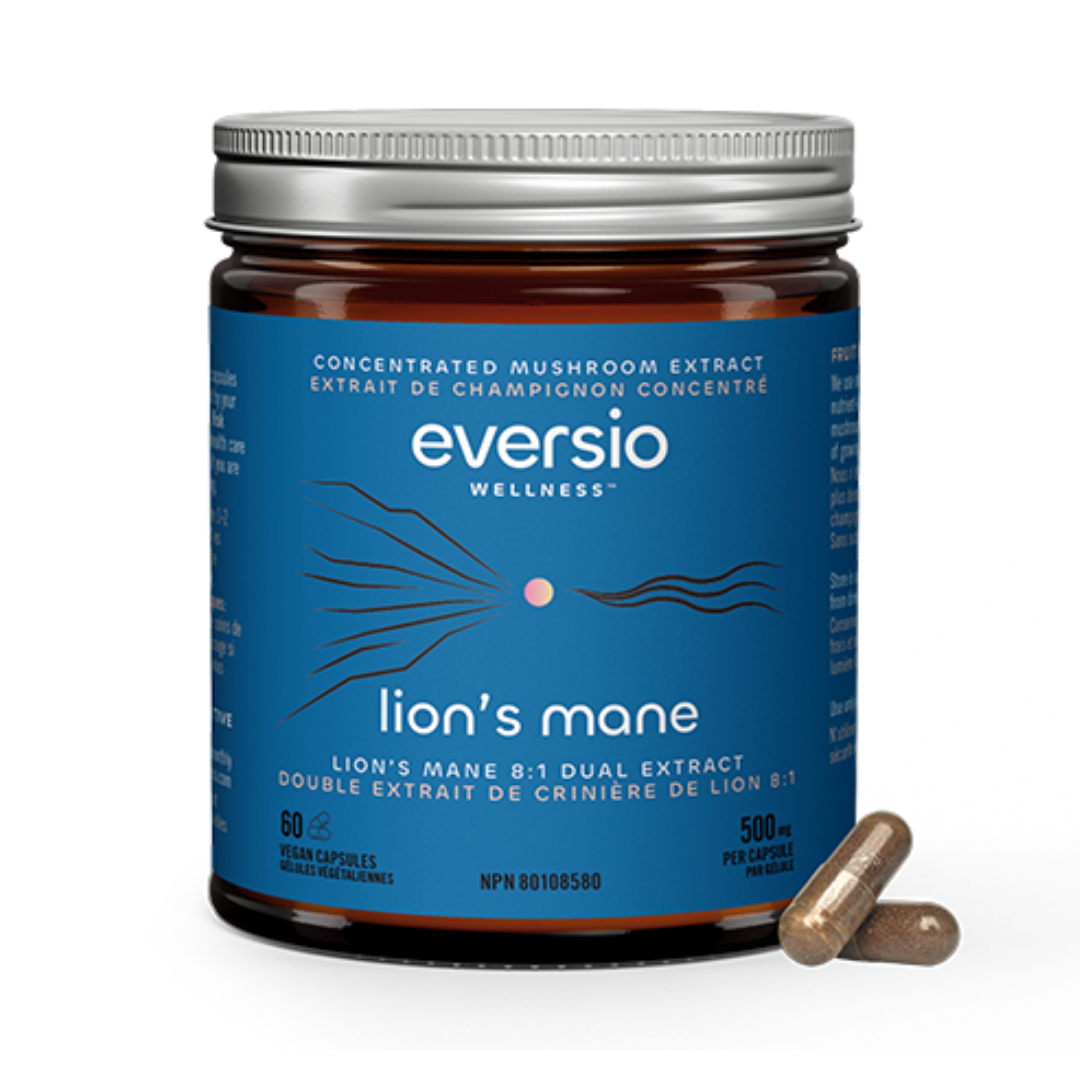
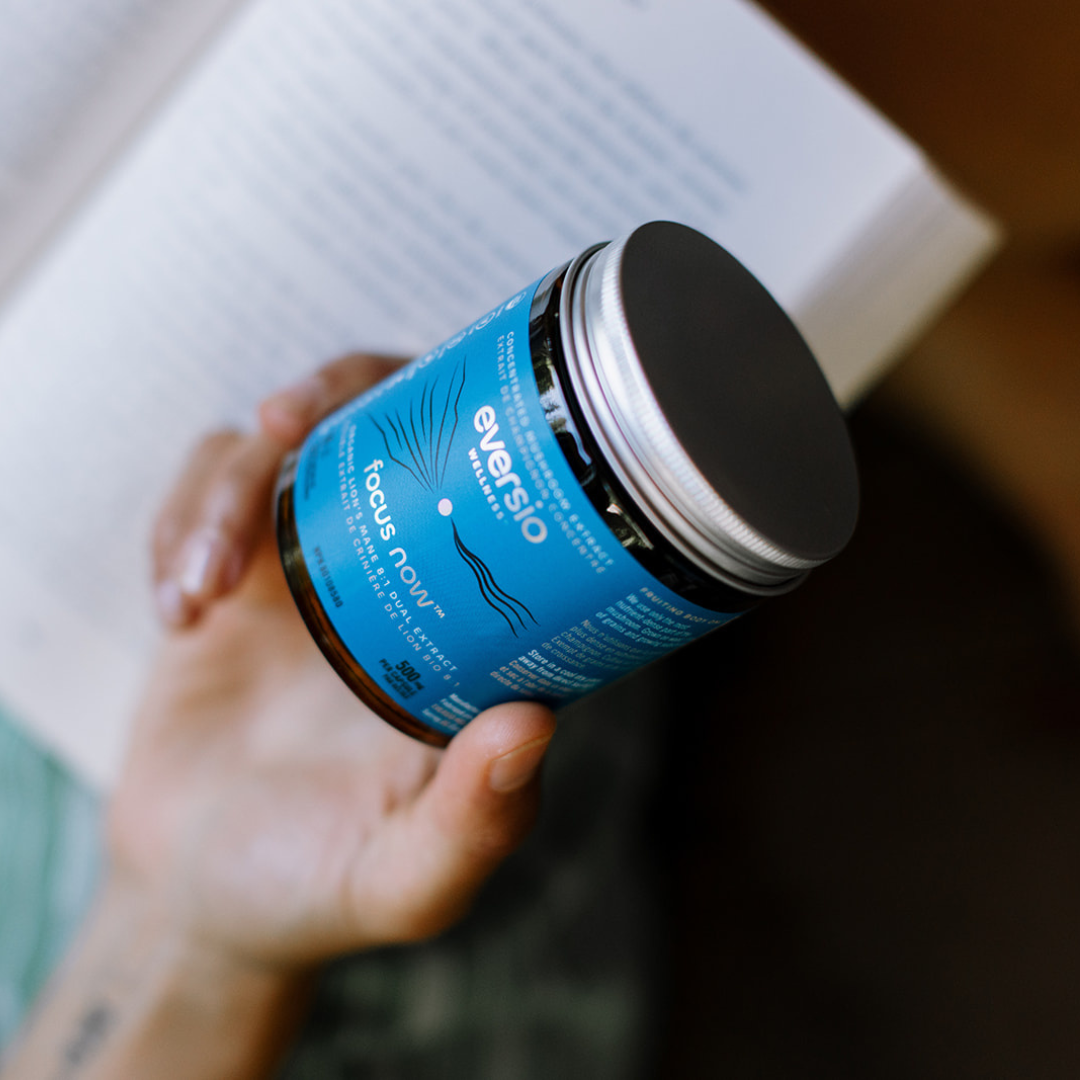
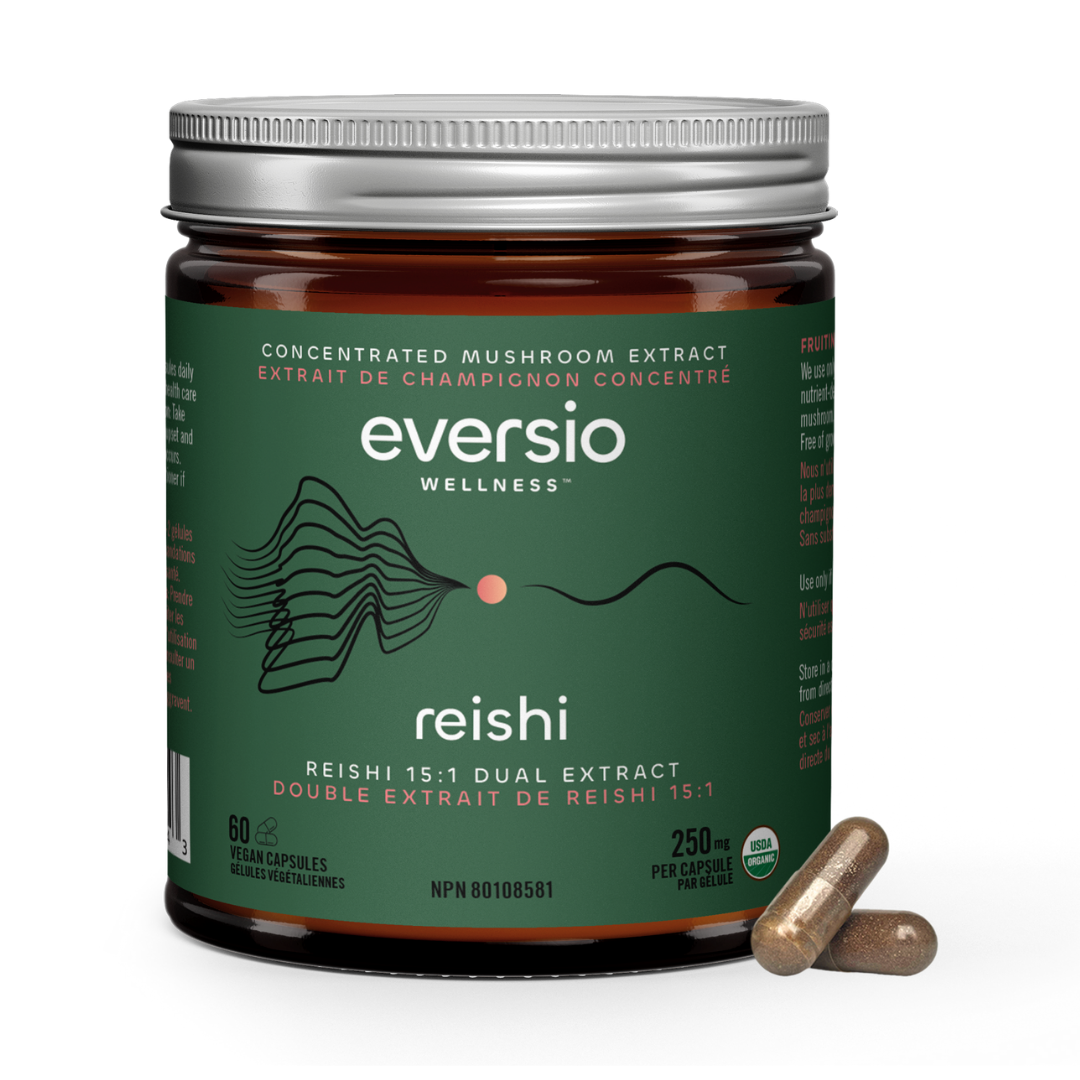
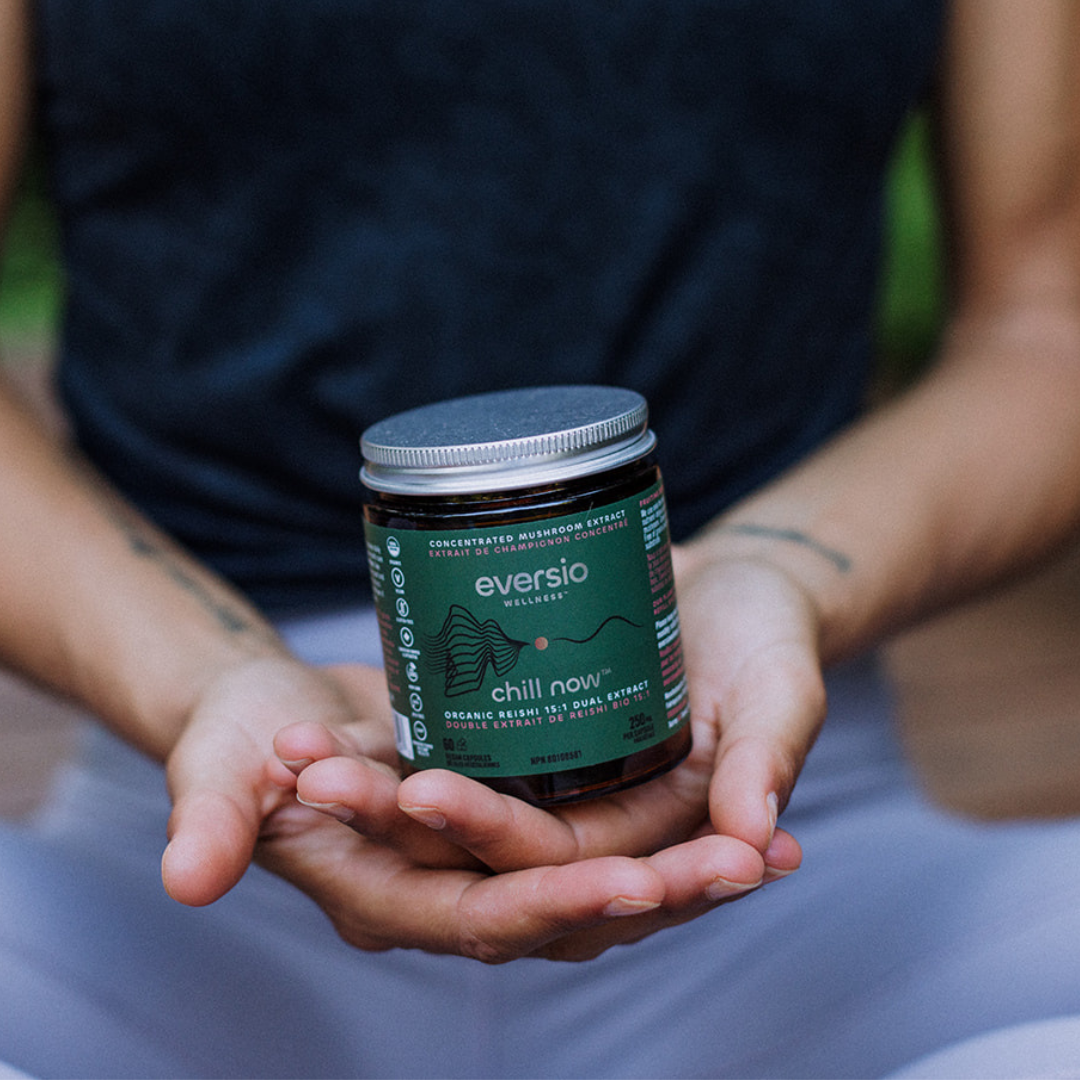


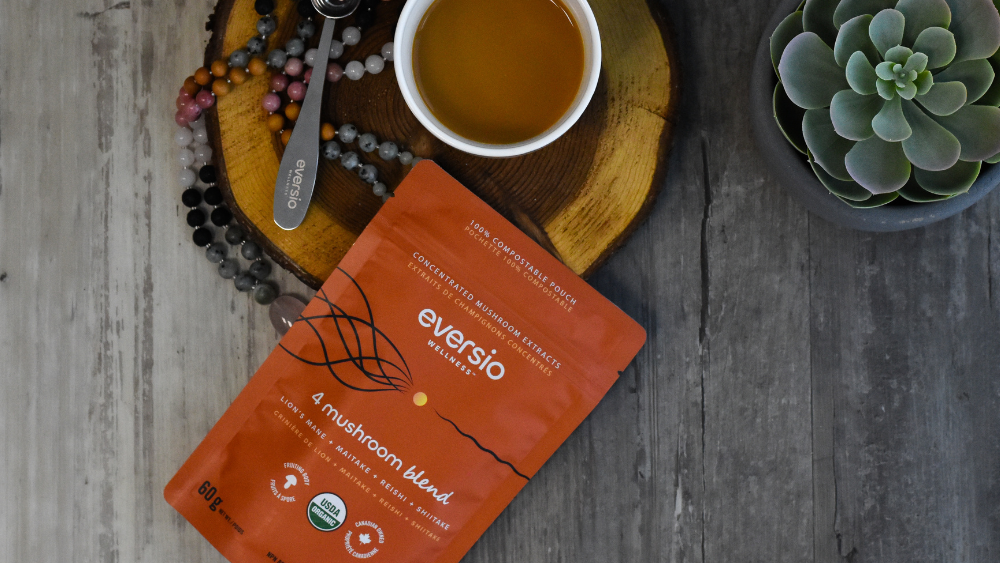





Leave a comment
This site is protected by hCaptcha and the hCaptcha Privacy Policy and Terms of Service apply.